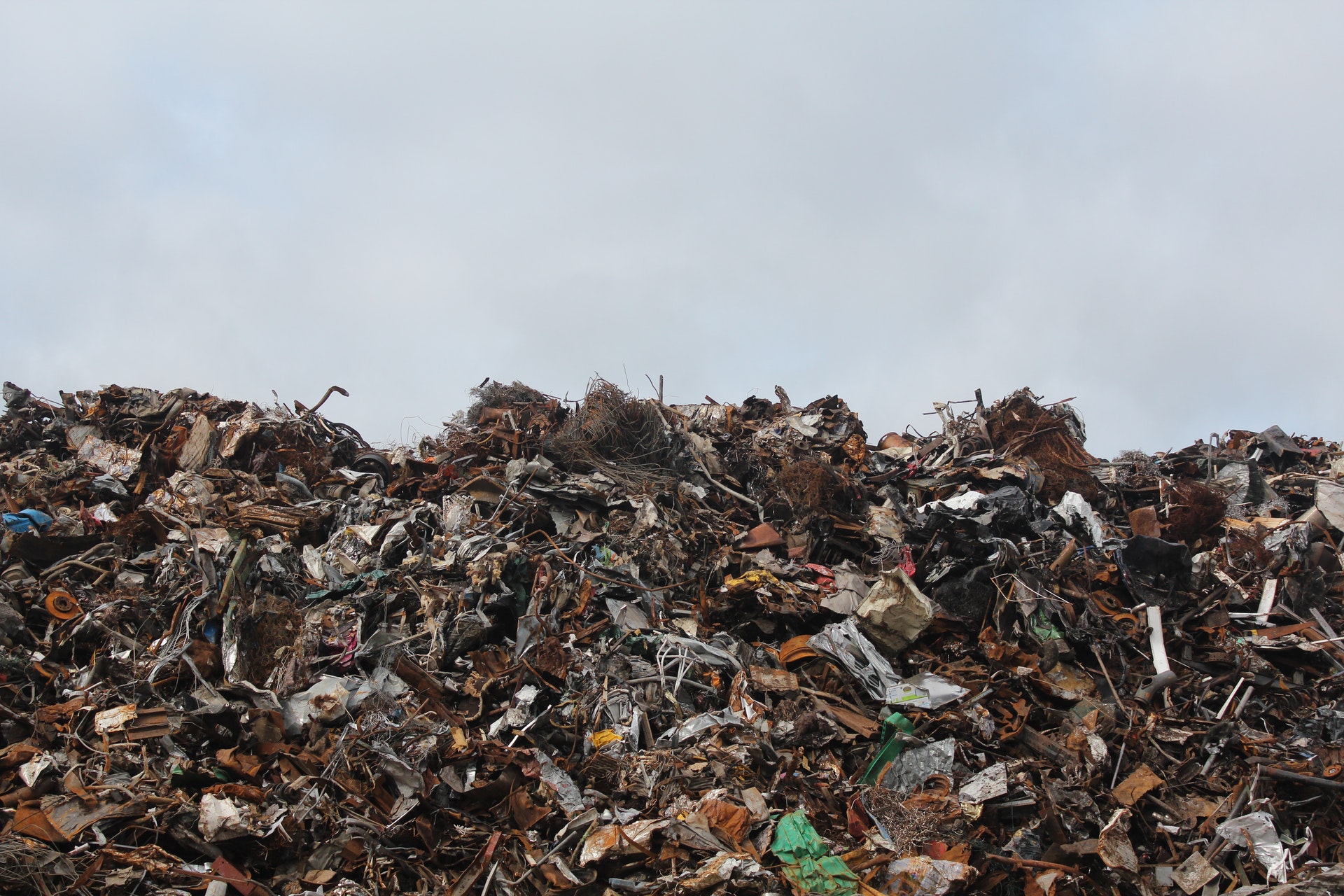
Body + Mind is reader-supported. We may earn an affiliate commission when you buy through some of the links on our site.
Paper towels offer convenience, but it comes at the price of the planet. All that waste you toss in the rubbish bin becomes landfill fodder. Plus, the production process destroys countless trees each year.
Cutting back can significantly reduce your carbon footprint. Here are six tips for how to use less paper towels.
How did our great-grandparents keep their homes tidy without endless reams of paper towels at their disposal? They used whatever dust cloths they had on hand and washed them with soap and water when they grew filthy.
You can do the same thing. Do you have an old T-shirt taking up room in a drawer or closet, gathering moth holes? Any old clothing made out of 100% cotton works perfectly as a cleaning rag. Heavier fabrics like denim don’t do as thorough a job of wiping down countertops.
You can also buy specialty cleaning rags designed for every purpose. Some, like electrostatic mitts and cloths, hold otherwise airborne particles instead of spreading them around the room, making them ideal for allergy sufferers. While you might spend a bit more initially, you’ll recoup the value of your investment by not having to run to the store to replace a disposable item.
Bamboo is getting some excellent press lately for its eco-friendliness, and all of it is deserved. This hardy plant requires no fertilizer, keeping harmful chemicals out of soil and waterways. It isn’t a tree — rather, it’s a fast-growing grass that’s self-replacing. It self-generates from its roots, meaning that producers never need to replant, and it doesn’t require much labor or water the way cotton does.
You can find bamboo paper towels at some nationwide chains. You can also locate them as specialty grocery stores that cater to eco-friendly individuals. The texture might seem a bit unusual and coarse at first, but they are super-absorbent. You don’t need many sheets to clean up sizable spills.
Some manufacturers are heeding the sustainability call and wrapping their wares in packaging you can reuse. If you order many of your household products online, seek out vendors who use soft, pliable cardboards such as those used for padded mailers. This substance will absorb spills and dry before it’s time to run to the recycling center.
You can go a step further when it comes time for gift-giving. Instead of wrapping your offerings in single-use paper, cut up an old tee and use it instead. Your lucky recipient gets two gifts — a new cleaning rag and what’s in the box beneath it.
Maybe you thought that cloth napkins were the exclusive reserve of 4-star restaurants. Please dismiss that idea — how do you think people wiped their faces in the days before loggers felled trees for that express purpose?
Cloth napkins also add an elegant touch to your dinner table, elevating your mealtime experience. Why not go all out and make each supper a celebration? Light some candles and gather the family. You’ll all enjoy the mental break to reconnect and feel a bit treated instead of making eating a chore.
You might have noticed reusable cloth “unpaper” towels on your grocery store shelves — although you can also DIY. These nifty products come from cotton, not trees, keeping more of the tall green wonders standing to convert the carbon in the atmosphere to life-sustaining oxygen.
Plus, you can wash and reuse these models like you do regular rags. The only difference is that they come on a convenient roll. Each time you grab one, you’ll pat yourself on the back for making a more sustainable choice.
Please don’t fret over this suggestion. There’s no need for you to rip out your cabinetry to use less paper towels.
However, you probably reach for them out of convenience more than anything else. One solution? Learn how to crochet a button and hook onto a standard kitchen towel and hang it over your stove. The button keeps the towel from falling to the floor every time your kitties get playful.
Another trick? Move your paper towel roll to a less convenient location — like inside your pantry instead of your countertop. That way, you’re more likely to only use them for the nastiest of chores — like extricating a hairball from your shag carpet. For everyday hand-wiping, you’ll reach for your cloth towel.
Reducing your resource consumption is one ideal way of decreasing your carbon footprint. Use less paper towels with the six above tips.
Your email address will only be used to send you our newsletter, and at any time you may unsubscribe. For more information, see our Privacy Policy.